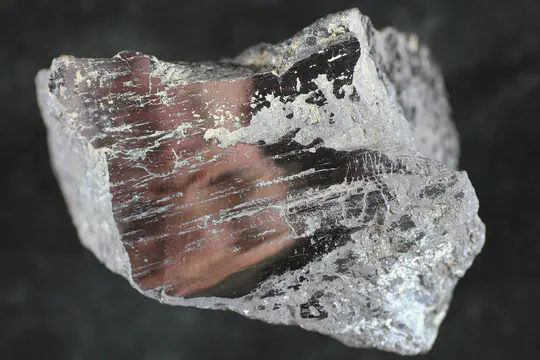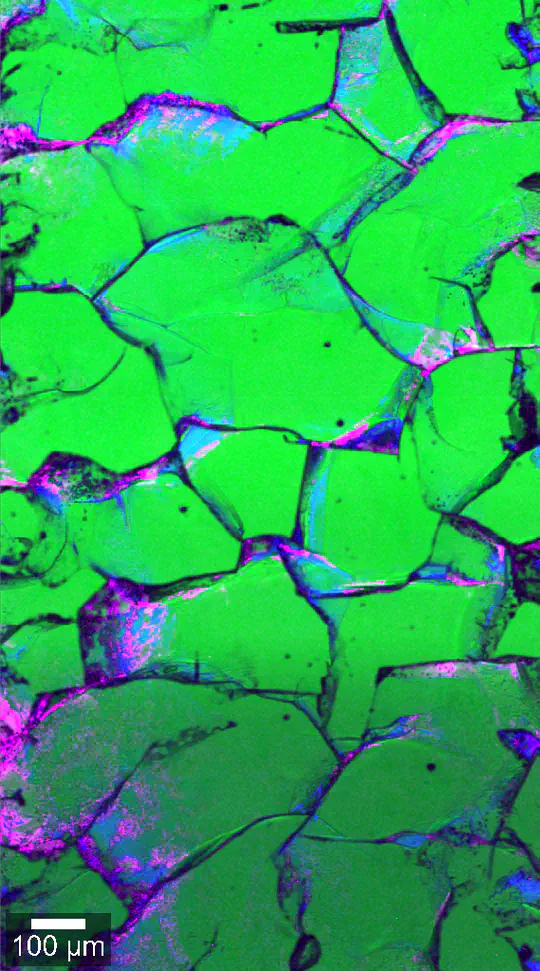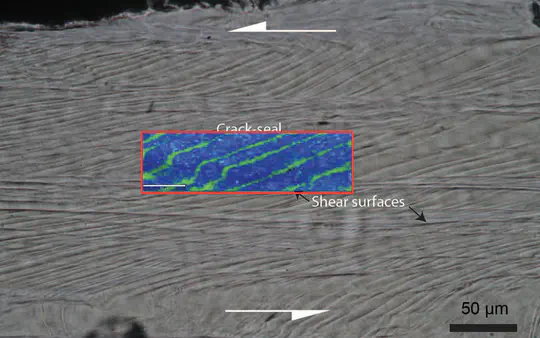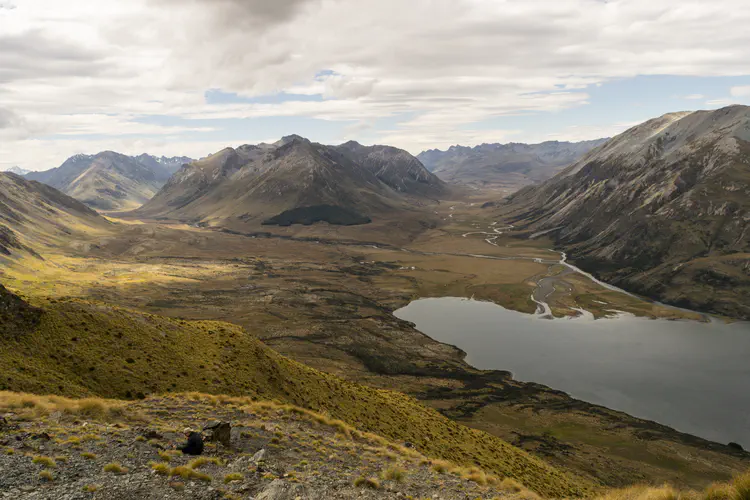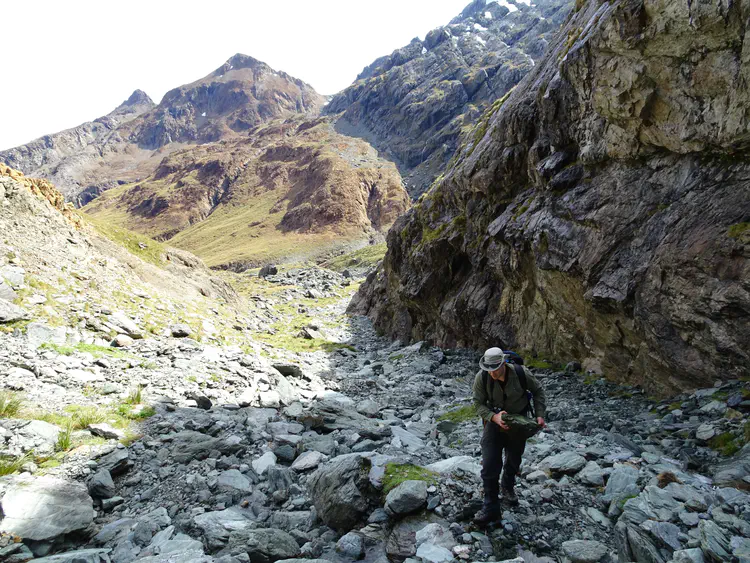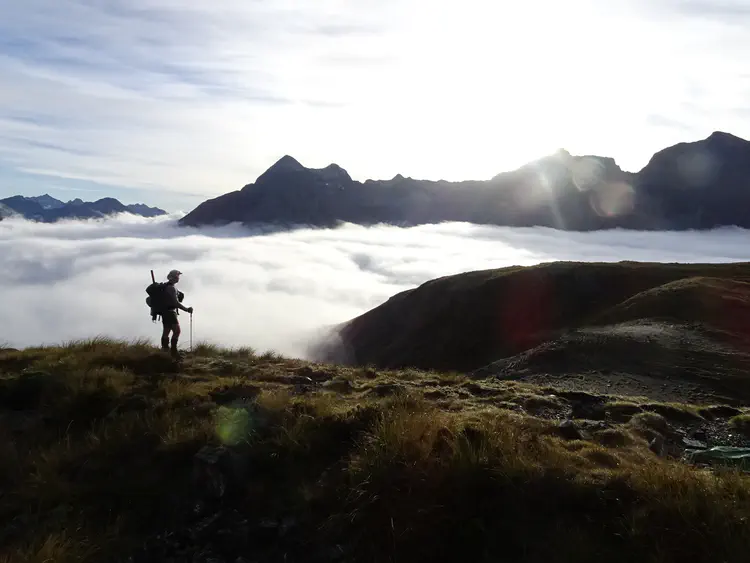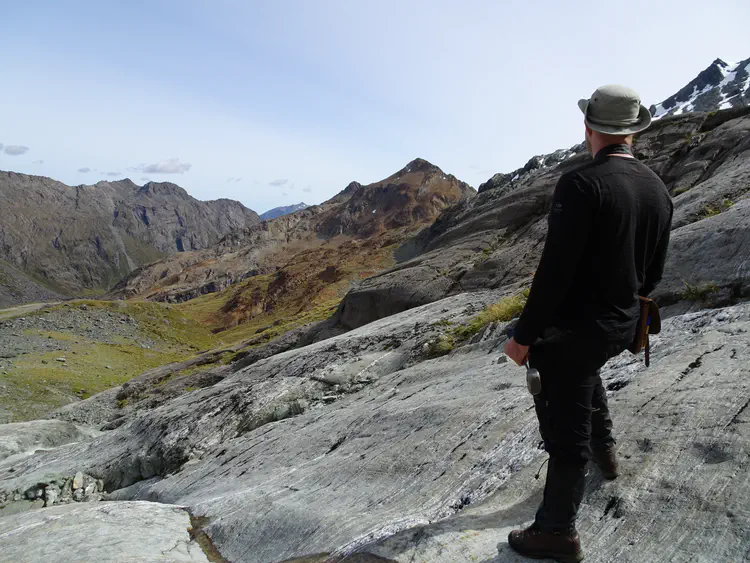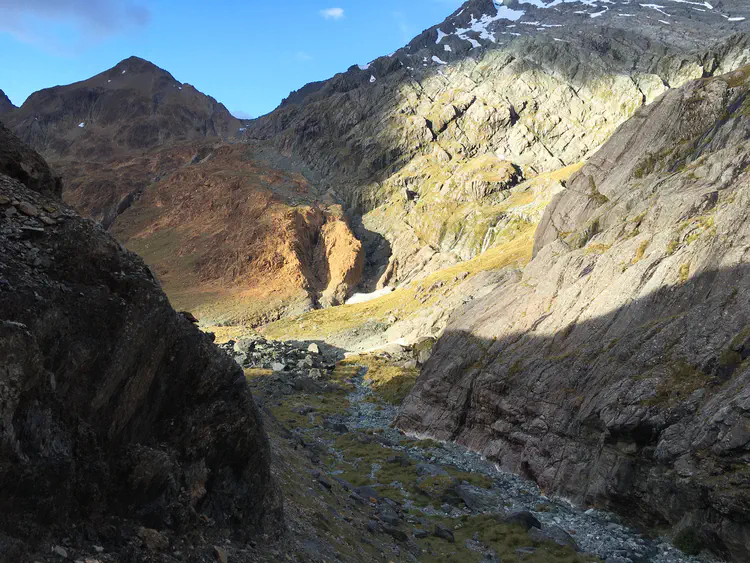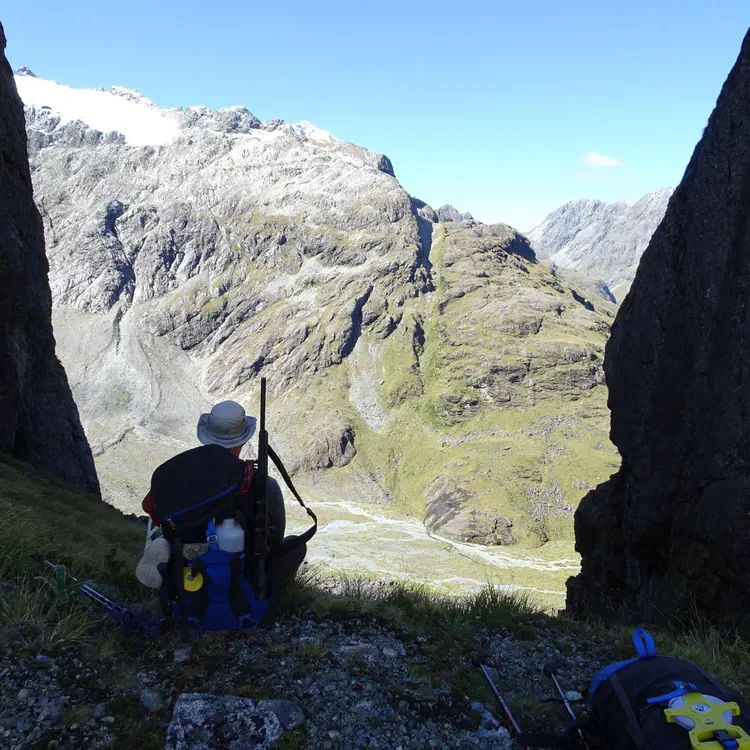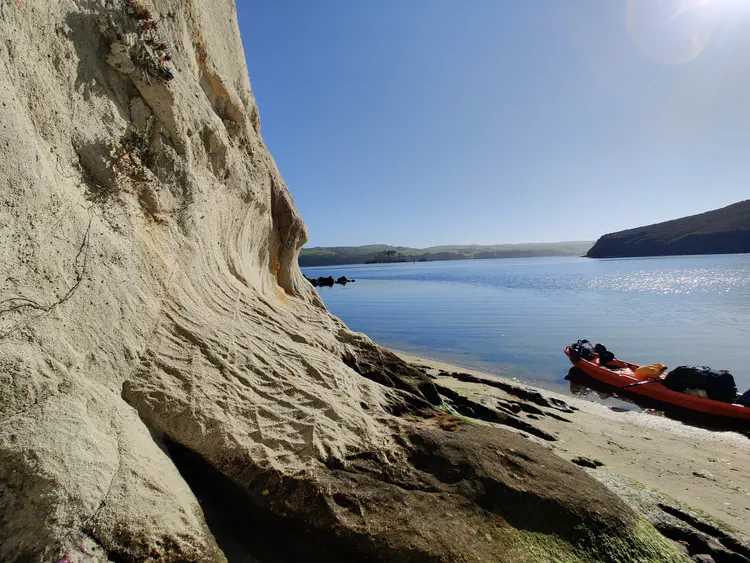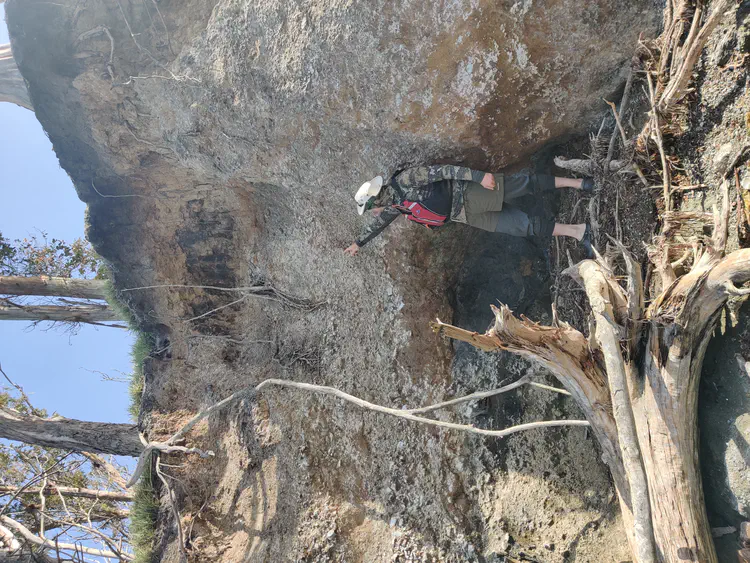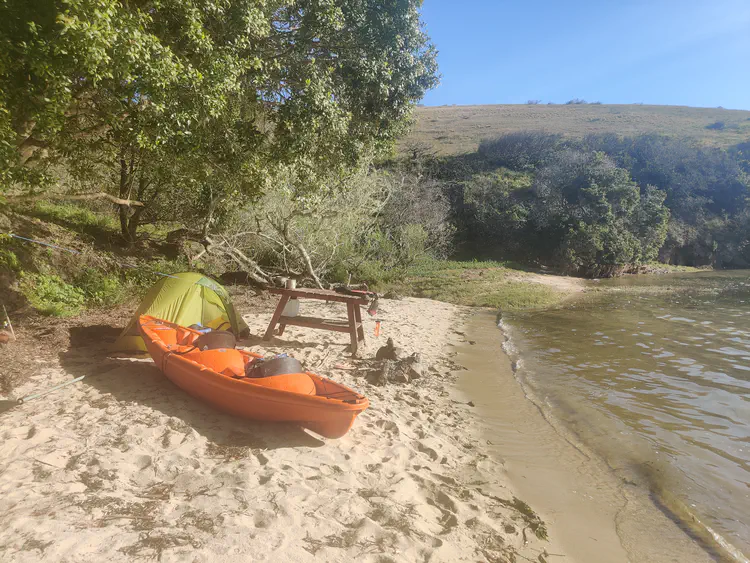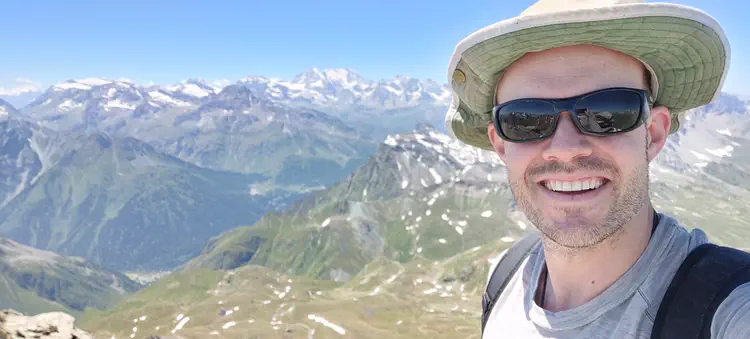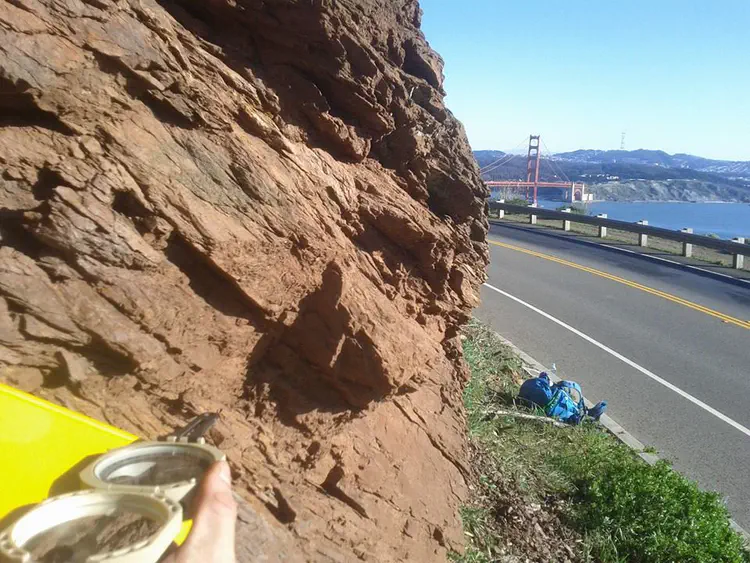Matthew Tarling
Postdoctoral Researcher
Department of Earth and Planetary Sciences, McGill University
Welcome!
As a field-based structural geologist, I study how rocks squish and break in the interior of the Earth. I’m currently a postdoc in the Field Rheology Rowe Research Group at McGill University in Montréal, Québec, Canada. For more details on my research, check out my research project page.
I’m passionate about outreach and interested in developing new tools to increase interest and recruitment in the Earth Sciences. To find out more check my latest outreach project Viewing the Rock World.
Research
My researched is centered on developing a better understanding of the structure, deformation behaviour and evolution of large faults and shear zones over the seismic cycle.
My work explores how the interaction of structure, rock deformation processes, and mineral reactions influences the slip behaviour of faults. Using observational field geology as the foundation of my methodology, I apply a field-to-nanoscale approach, starting at the scale of the mountainside outcrop, and working my way all the way down to the crystal lattice of the minerals within. This multi-scale approach allows me to probe questions across many spatial and temporal orders of magnitude, from the scale of the subduction megathrusts to the geological outcrop, down to a mineral’s crystal lattice, all the while pondering timescales ranging from an entire orogeny to the near-instantaneous earthquake rupture.
Here is (an incomplete) list of few of my project that will grow as I update this site.
Publications
Here you will find a list of my peer-reviewed paper. If you would like a pdf copy of anything listed, don’t hesitate to ask!
Contact
- matthew.tarling@mcgill.ca
- Montréal, Québec

